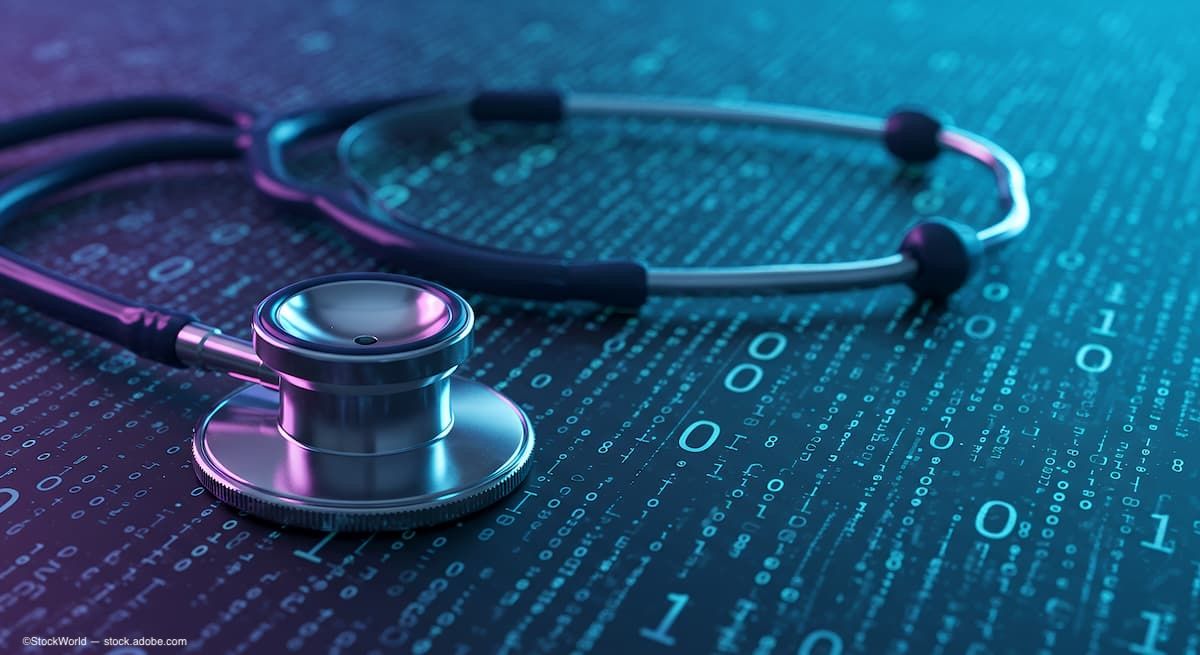Article
Automatic registration, centration offers greater accuracy
To achieve the best outcomes, wavefront must be registered to the eye in both the x-y and the cyclorotational methods, and registration must be done both at the time of measurement and at the time of surgery.

The LADARWave (Alcon Laboratories) automatically registers treatment at both the wavefront device and the laser. Additionally, other companies plan to add a version of registration soon, which confirms its importance. However, it is important to understand that iris registration alone does not provide x-y registration because of pupil movement under the different lighting of the wavefront and laser platforms.

In the past, when only manual registration was available with the LADARWave, we knew that automated registration would be useful if it could provide the same or better accuracy and consistency throughout the surgery.
While speed is an added benefit, without accuracy and consistency, its importance is diminished.
Accuracy and consistency

Additionally, three technicians accustomed to using both the automated and the manual techniques aligned the pupil and limbus manually.
The manual technique was used until August 2004 when automated registration was approved by the FDA.
Auto registration was then used to align the pupil and the limbus as a fourth measure. We measured variability between the four measurements, and the time it took to make the measurements. In terms of variability between the measurements, in some instances, the plot data were at five different points depending on the technician, which eye he or she was measuring, and which position he or she was measuring on which eye.
We found the centroid and determined the delta to calculate the mean offset error for any given feature.
We also evaluated the time to process those 40 images. One technician took 50 minutes, another technician took 35 minutes, and the fastest technician took about 20 minutes. In contrast, the automated registration method took about 7 minutes.
Conclusions
The automated approach provided the best analysis of position, resulting in the least pupil offset error. In fact, we found that the automated registration was the most consistent in terms of its ability to predict the center accurately. This was similar to the most careful technician who took 50 minutes, and it eliminates technician-to-technician difference, while also significantly speeding up the process.
The automated approach was the fastest overall method of registration. It was three times faster than the fastest manual technician and seven times faster than the most careful technician. We evaluated the delta in terms of each of these five groups of photos from technician to technician and from technician to automated registration, and we found that the difference between the five measurements taken on the same patient was 25% lower with the automated registration than with the best manual technique.
Newsletter
Don’t miss out—get Ophthalmology Times updates on the latest clinical advancements and expert interviews, straight to your inbox.




